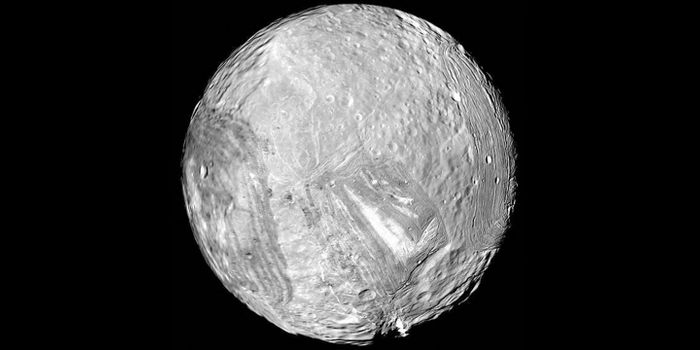Here's How SpaceX Transports Rockets Across the Country
Rocket launches are a common sight these days, especially given how commercial space companies like SpaceX are pioneering some of the most advanced reusable rocket technologies in the industry to lower the cost of launches for paying customers including NASA and the private sector. But while most of us get to see the rocket ignite its engines and fly high into the sky, one thing that’s often left out is the process of getting the rocket to the launchpad in the first place.
SpaceX’s Falcon rockets are manufactured in Hawthorne, California, and with the vast majority of launches taking place in Florida, you’d be right to assume that SpaceX’s rockets have a long journey ahead of them before they ever reach the launchpad. The distance between these locations is almost 2,500 miles, after all.
All the components that comprise of the Falcon 9 rocket travel to Florida on the back of large semi-tractor trailer trucks. The Merlin engines are individually sent to Texas, where they’re subjected to inspection and test firing before returning to Hawthorne. After everything is deemed working, the engines are attached to the first stage, and the fully-assembled first stage goes for a ride to Florida atop a 44-wheeled trailer.
The Falcon 9’s second stage and all of its landing gear are transported separately via different trucks, and the logistics are carefully timed to ensure that everything gets to the destination in a timely manner. Once arriving at Florida, the second stage and landing gear are attached to the first stage, after which it’s hauled over to the launchpad and hoisted horizontally where it can be prepared for launch.
Back before the days of the Falcon 9 rocket, NASA used combinations of air, road, and sea travel to transport rocket components from various parts of the country to Florida. Barges carried the first stage, while transport planes and large trucks carried the smaller components. As today’s reusable rockets are so much thinner and more road-friendly than NASA’s Saturn V, road travel has become the most applicable means of transporting components.








